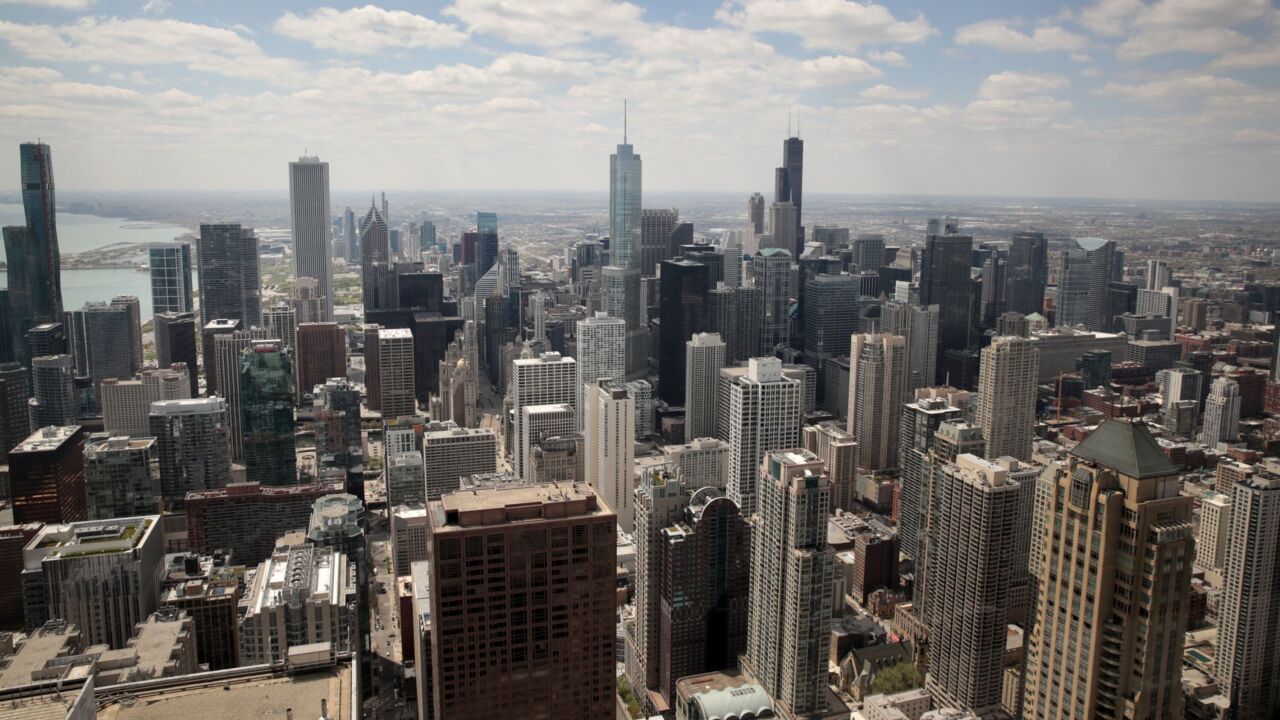
Everything was going great at the new bank branch's grand opening until an important stockholder asked the CEO about a competitor's closed branch at the opposite corner of the same intersection. "Since you spent over $5 million on this new branch, how much are they asking for that similarly sized closed branch?"
When the CEO answered, "I don't know, we never looked into it," the shareholder politely smiled, left the event and later sold his stock.
Not only did the CEO's failure to investigate and ultimately purchase the closed branch cost the bank a few million dollars and tons of time, but that equally attractive corner branch was scooped up by a much smarter bank that became its major competitor.
Lesson learned:
But this is not always the case, because some branches should never have been opened at all. These problem branches may have been built on property owned or leased by a director or a friend, where they made good financial sense for them but not the bank.
This is one reason why the banking landscape is
Banks are
The total number of bank offices approached 100,000 in 2009 but declined to 77,770 as of midyear 2023, a nearly 25% reduction in just 14 years.
Banks open branches to generate new deposits and other business, but their closing can be justified with the increased use of
The smartest bankers understand that while customers no longer visit a branch weekly or even monthly, they always want the option of a local office with a live person. Who wants to wait on the phone to discuss an urgent banking matter with someone from another country?
Starting with the ATM and other technologies, it was clear that even if we had a "cashless" society, it would never mean a "
Some
While every bank wants the "
The $23 million cash transaction boosts Old Second's presence in its home Windy City market, while marking Muncie, Indiana-based First Merchants' exit from Illinois.
Opening a new branch, whether leased or owned, can
First, and most importantly, is it a good location? This is the most important yet least understood of the six p's. A good location has three components: It must be at the "right" site (e.g., corner) in the "right" immediate area of shopping, commercial, employment or other activity, and in the "right" geographic submarket or community.
Second, what is its deposit history? The historic deposit break-even level has been around
Third, what is the proposed
Fourth, is the branch for sale or lease? Many banks prefer ownership to maintain control and avoid difficult landlords, some of whom base rent on published
Fifth, how long has the branch been closed? Ideally, under a year where it has been well-maintained with the air conditioning left on to prevent mold. The longer a branch is closed, the former bank deposit "decay curve" worsens. Some banks have a minimum one-year "dark" period preventing a sale to a competitor, but this is sometimes waived for a small community bank.
Sixth, why was the branch closed? The best opportunities are from M&A deals where a branch was closed because of overlap or antitrust concerns.
Seventh, where is the closest branch of the closing bank? The best opportunity for maximizing deposit retention is when the closed branch was their only office in a community.
Eighth, what are the
Ninth, where are the former branch and assistant branch managers? Key branch personnel of a high-deposit closed branch should be offered an attractive deposit-based compensation package. Besides knowing the former customer base and having local community contacts, they understand the area's competitive, demographic and economic landscape.
Tenth, did the closed branch have any special hours, rates, products, etc., that made it unique, such as free pet treats or a community bulletin board? Again, former personnel know what services previous customers expect.
This closed bank branch feasibility checklist can not only save a community bank millions of dollars and months of time on a new branch, but it may even help its stock price and CEO's reputation.






